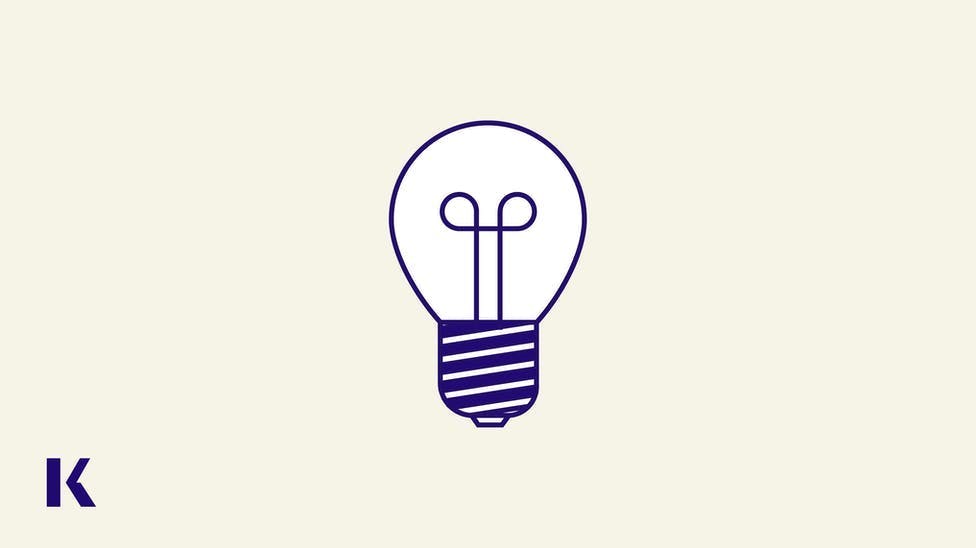Technological Advances Change the Way We Learn, Master, and Retain Information
by Dr. Judy Kalinyak, VP and Director of Clinical Simulation | March 24, 2021

The Evolution of “See One, Do One, Teach One.”
Traditional medical education, first described in 1904 by William Halstead, was, “see one, do one, teach one.” The last statement is well accepted that if one can “teach” the technique of interest, then to put it simply, one “owns the knowledge” of “how”―i.e. how to do CPR, to start an arterial line, to do an lumbar puncture, etc. These concepts were first applied to the numerous surgical and medical procedures that have been developed over the last 100 years. As clinical medicine became more complex, patient safety became a greater concern as students in training made the greatest number of mistakes. This prompted the start of simulation in student education, first with manikins and then with a variety of task trainers, all developed to provide a safe place to “practice procedural” skills.
However, over this same time period, studies revealed that approximately half of all errors were not procedural―or the “how of doing something”―but rather, they are the cognitive decision errors―or the “what of doing something,” such as missing details in the history or physical exam. A secondary source of errors was in diagnostic reasoning, e.g. not developing an appropriate differential or failing to order an essential test.
Virtual Patient Simulation: For Student and Educator Success
The good news is that with the explosion in technology innovation, Virtual Patient Simulation (VPS),―i.e. a computerized patient interaction―now exists and can serve a dual purpose of providing:
- Students with a safe environment for practicing these clinical decisions
- Faculty with an objective, reproducible, competency assessment for the hundreds of decisions a student makes during a typical patient encounter.
Approaches for this technology are both fully computer based―i.e. use of artificial intelligence to have the virtual patient “understand and respond” to the questions asked―as well as merging this with “Telehealth” with the use Standardized Patients (SP) to provide a “real conversational approach.” This allows for computer-capture of diagnostic reasoning and Zoom-based video recording to allow scoring of body language.
Gaining Insights into Student Reasoning
The full computer VPS can save faculty time while also providing insights into the thoughts and decisions made by students. Computers excel in collecting time stamped information. Thus, the questions asked in a history or the decisions made on what to examine in a VPS are both saved and scored as well as presented to the educator in the form of history transcript and physical exam lists of findings. The selection of diagnoses for the differential list as well as test selection and management plan provide scoring of the diagnostic reasoning component of a patient encounter.
Applying Knowledge for Enhanced Retention
Now with a better understanding of “what” VPS is, the educators should consider where it might be optimally placed in the curriculum. If again we review a bit of history, initially there was a trend to focus on the “knowledge acquisition,”―i.e. book learning―to be followed by a clinical apprenticeship―i.e. an opportunity to observe the application of knowledge for the purposes of diagnosing and treating patients. Over time, it became clear that the earlier the students start actually “using their knowledge,” the more knowledge they retain. Thus, clinic experiences began to be introduced at the start of their education, but the scheduling difficulty with real patient clinics made this approach spotty at best.
Now, with the use of VPS, students can begin to apply the knowledge they learned as a way to enhance its retention. This approach also provides clear evidence on why the information is being taught. All of this is possible because computers can be programmed to focus on just one part of a patient encounter or, as student’s progress, they can be programmed to provide a rich, complete clinical experience. This fact allows VPS to be used across the entire curriculum, including making it possible that every student gets the opportunity to diagnose a patient with a condition like DKA, regardless of whether such a patient was ever presented the student’s rotation to a given clinic.
Technological Advances Change How We Learn
I think it is also valid to look at how technology advancements in other areas have changed learning and progression to mastery. I happen to enjoy nature photography. I started when cameras contained film (no comment on age please.) We used gels and neutral density filters to modify the light range to get perfect exposures in the field. Slide film was sent off to be developed, and upon return you then learned whether your approach had worked. Mastery took time and perseverance. Fast forward to the current digital age and following every press of the shutter release, we instantaneously see our successes as well as mistakes. In photography, this allows a student to accelerate their learning and achieve mastery at an unprecedented rate.
The analogous hope is that similar results will be seen with VPS and according on one educator, she is starting to see them. This professor shared a story about a student who had “struggled” and rebelled against the use of VPS. However, she was surprised when the student came bounding into her office (that’s when face-to-face meetings actually happened,) and announced she had seen Evan Tyson in a “real” clinic and diagnosed him all by herself. Well it was not Evan Tyson, you see, Evan Tyson is a VPS where the patient has new onset type 2 diabetes. So, the student qualified her statement that it was not really Evan Tyson, but a patient just like him and that she had “ diagnosed him and felt like a pro”. Her preceptor was impressed and she felt like a “super star.” We hope her story becomes typical.
Theory into Practice: How VPS Is Evolving Healthcare Education
So, let’s get specific on what to look for with a VPS technology and how to integrate it into your curriculum. When I was a Director of Medical Skills at a start-up medical school, I reviewed the various VPS platforms available. I was looking for a platform that had maximum flexibility, that mimicked, as close as possible, the hundreds of micro-decisions a clinician makes during a patient encounter, and one that captures every decision or keystroke. i-Human Patients (iHP) met those criteria.
Since joining the company 6 years ago, I have worked to expand those concepts even further by creating clinical cases with 4 levels of difficulty and seven different configurations, or ways to play the case. This ensured that iHP could also be integrated into graduate nursing and physician assistant curricula at the beginning of courses when didactic pathophysiology is being taught all the way to graduation. Initially, the student can learn about the pathophysiology of cardiac ischemia, then do an iHP case to learn how to obtain a history from a patient that is experiencing ischemic chest pain, thereby connecting the relevance of didactic education to the practical clinical application of that knowledge, therefore enhancing knowledge retention.
VPS technology lets us practice patient diagnosis and management in a “safe setting” while being provided immediate and detailed feedback and guidance. As the student progresses through the various coursework and starts clinical rotations, the iHP platform and case catalog continues to provide challenges by making the student responsible for additional sections of the patient encounter and providing more complicated patient scenarios. Finally, iHP offers the advanced configuration (the most realistic to real life) in test mode that can be used for competency assessment that provides objective and reproducible proof of diagnostic reasoning mastery.
One important aspect of embracing technology as clinical educators is that the immediate grading/presentation of each decision the student makes gives us a window into their thought process, thereby allowing us to better understand where we can provide guidance. Technology ultimately gives us more time to do what we enjoy doing as educators―providing educational guidance to our students. Now very similar to the photography instructors in this new digital age.

Dr. Kalinyak completed residencies in Internal Medicine and Nuclear Medicine as well as an Endocrine fellowship prior serving on the faculties of the University of California, San Francisco and Stanford University. She has over 40 publications, hundreds of conference posters and oral presentations. As Director of the Medical Skill Center at California Northstate SOM, she designed a medical skills/physical diagnosis program incorporating patient encounter simulation. In 2015 she was recruited to join i-Human Patients (IHP) as CMO to lead content and product development and has continued in that capacity at Kaplan. She leans on years of medical education experience and vast clinical knowledge to effectively lead our simulation team and drive the development of our content and products.
See more posts by Dr. Judy Kalinyak, VP and Director of Clinical Simulation
